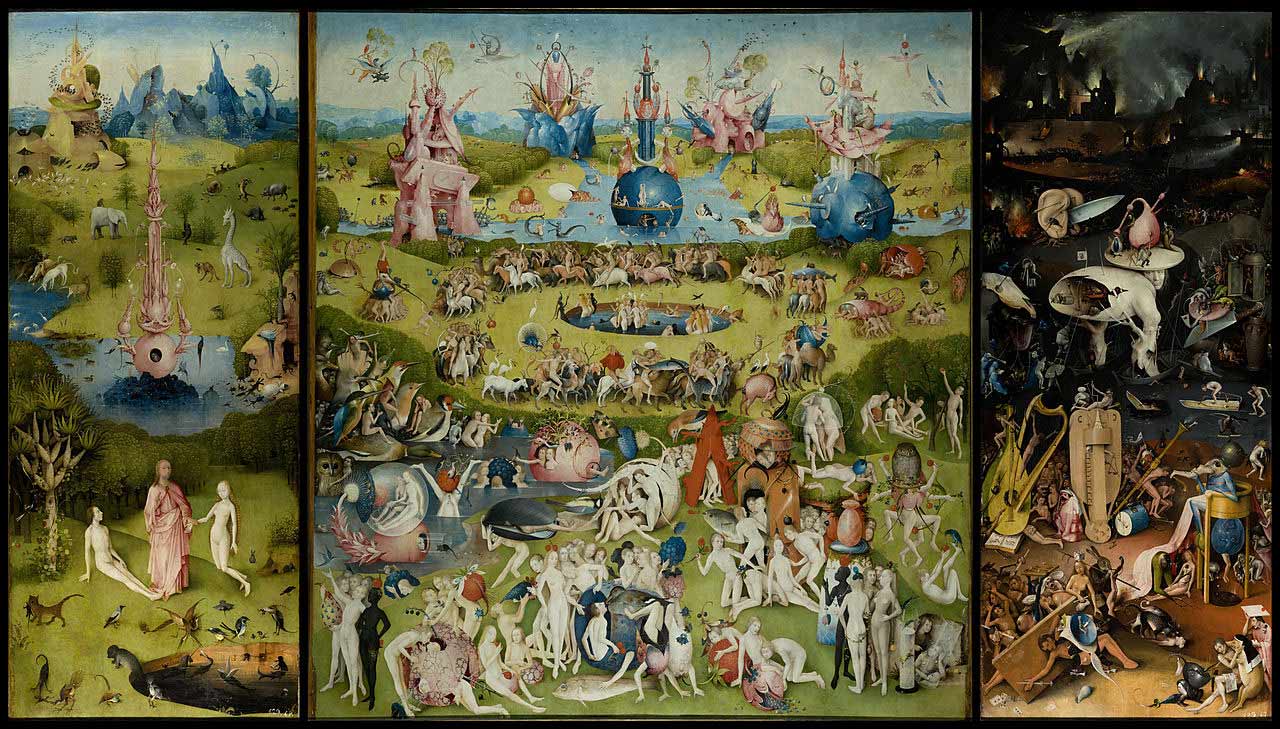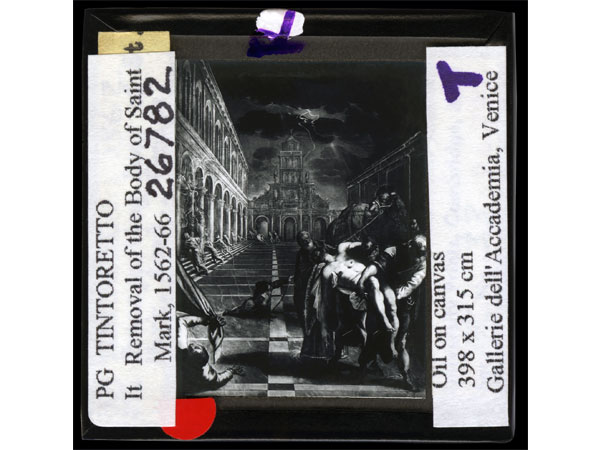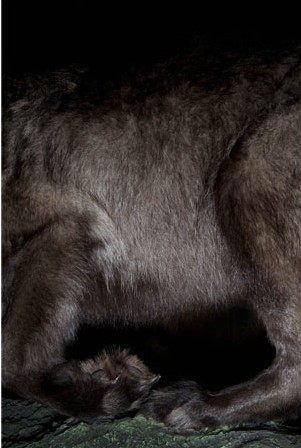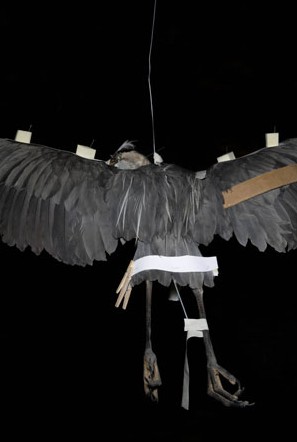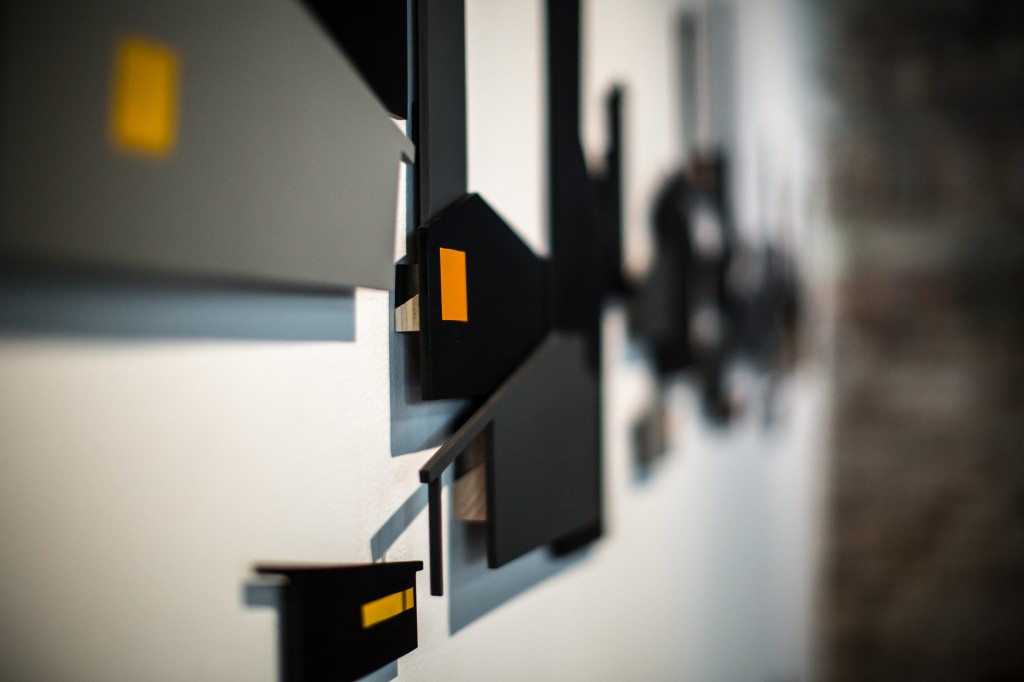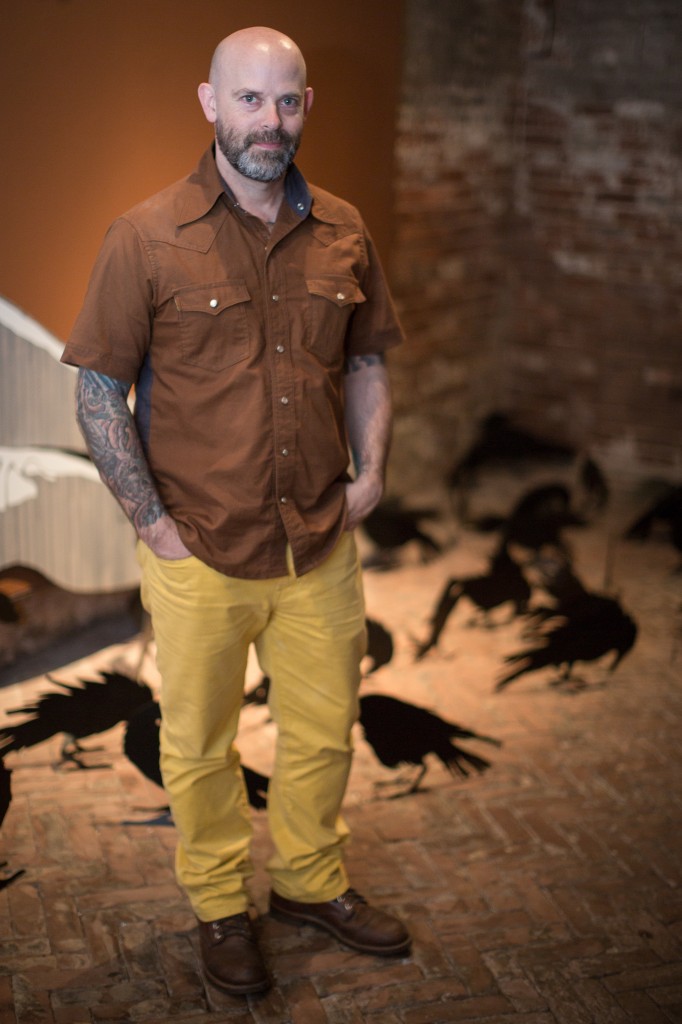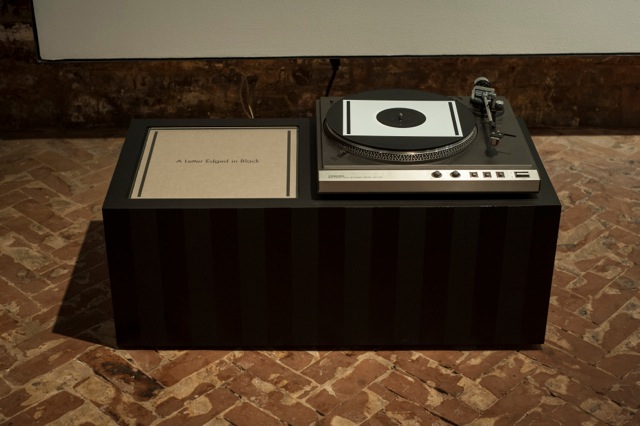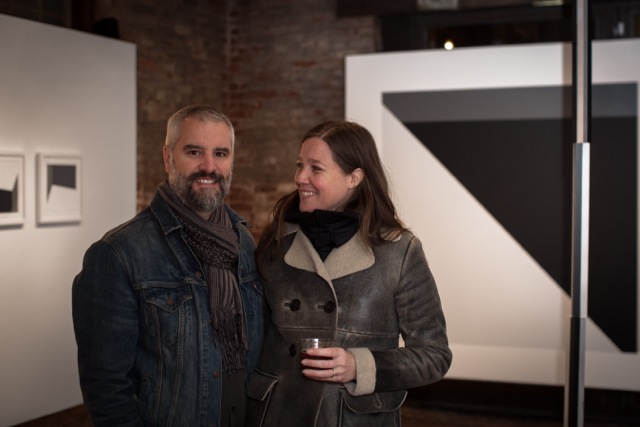Hieronymus Bosch was an Early Netherlandish painter whose work is well known for its religious imagery, fantastical illustrations and attention to detail. Little is known about his life and his paintings are difficult to interpret, resulting in a deep fascination of art historians surrounding his work. On the 500th anniversary of his death, whitespace has taken the enigma surrounding Bosch’s life and opened it up for interpretation.
As the show comes to a close, we would like to reflect on the experimentation, spontaneity, and prank-like qualities of this latest exhibition in order to pay true homage to one of the most gifted, yet mysterious, painters of the fifteenth century. The participating artists did not fail. With little curatorial guidance and free reign of medium and imagery, twenty-four artists presented a body of work as deeply multi-faceted, humorous, and, in the words of the show’s curator, Jerry Cullum, “weirdly impossible to interpret as Hieronymus Bosch.” An appropriate presentation to honor the fascination surrounding the artist to say the least.
As we reflect on this exhibition we can internalize the intersections between humor and seriousness, sexuality and religion, macabre and aesthetically pleasing. Bosch represents a series of paradoxes that somehow bled together in an all together stunning presentation of images, colors and details. With the talent of our participating artists on display this past month, Bosch in the 21st century has come to be a carnival of confounding ideas. Ideas that will stay with us as we continue to be puzzled as well as humored by Bosch and look forward to art as an experience of both.
